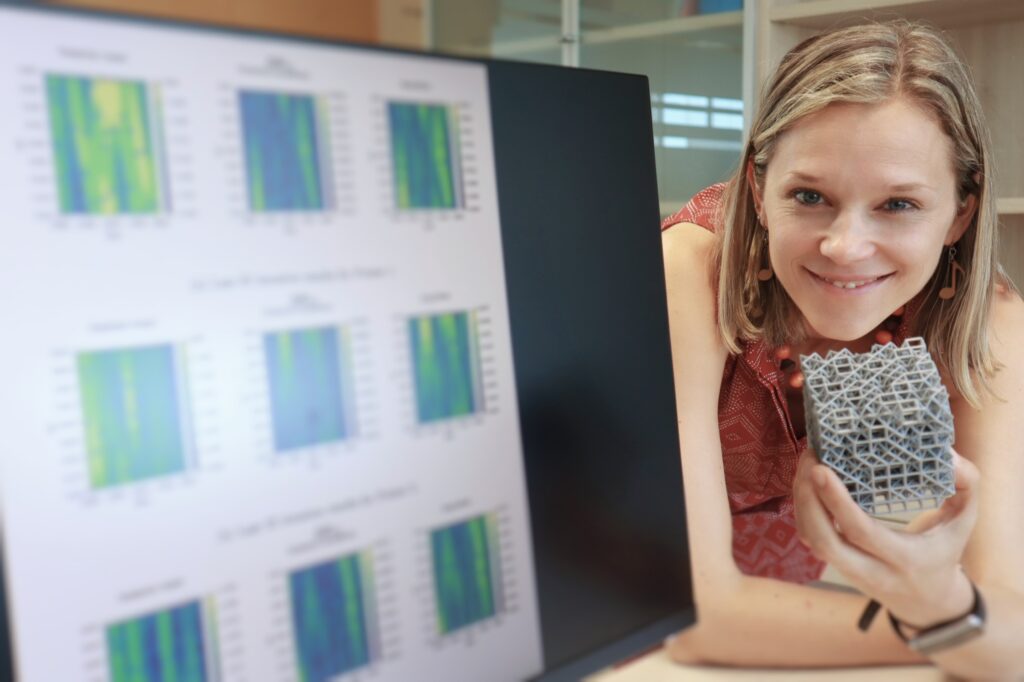- Developing new materials and medicines is extremely costly and time consuming, with average expenditures in bringing a new material or drug to market estimated to be approximately $10 million to $1 billion, respectively.
- More intelligent and adaptable machine learning tools could significantly accelerate materials and drug discovery by improving the efficiency, precision and sustainability of experimental design.
How can we accelerate discovery in materials science and drug development while dealing with limited data and resource constraints?
That is the question at the heart of BENEFICIARY, a new project at IMDEA Materials Institute that seeks to develop more intelligent and adaptable machine learning tools to optimise these processes.
These tools will help researchers make better predictions even when data is scarce and improve the way scientific processes are modelled and automated. The project targets two major areas: materials and drug discovery, with the long-term aim of reducing the time and cost required to bring innovations from the lab to society.
“Developing new materials or drugs is extremely costly and time-consuming: materials can take up to a decade and $10 million, while drugs may exceed $1 billion and 14 years,” explains Dr. Christina Schenk, the lead researcher behind the new research effort.
“Artificial Intelligence (AI)-driven, self-driving labs powered by robotics offer the potential to drastically reduce both timelines and costs. But to reach that point, we need smarter solutions that can overcome challenges like limited data and resource constraints”.

BENEFICIARY, or the hyBrid lEarniNg approachEs For Improving effiCIency And acceleRating discovery) project, will be led by Dr. Schenk after she was awarded a prestigious Ramón y Cajal grant from the Spanish government.
The project builds directly on her existing body of research, which has focused on developing machine learning models and algorithms for complex materials systems, seeking to accelerate discovery and make industrial processes more sustainable.
It also expands into methodological challenges that she has faced in recent years, particularly those involving uncertainty quantification and learning from small datasets, while also extending beyond materials to the biomedical field, where similar challenges exist.
The promise of machine learning and self-driving labs; robotic systems capable of designing and executing experiments with minimal human input, lies in their potential to compress research timelines dramatically.
“There is an urgent need to develop these more sustainable materials, not only to address resource limitations but also to reduce the massive waste problem,” says Dr. Schenk.
“Waste ends up not only in our oceans, but also in many other places around the world. To take just one example, the Atacama Desert, which in recent years has become a dumping ground for mountains of discarded clothing”.
“This motivates the pursuit of innovative solutions that can help protect our environment while advancing materials science,” she adds.
BENEFICIARY aims to create the digital foundations to support this transition: more accurate models, better decision-making tools, and algorithms that can guide experimentation more intelligently, across both chemistry and biology.
However, as Dr. Schenk herself is quick to point out, achieving these goals will require collaboration across disciplines, not just technological advances, coupled with a shift in mindset.
“You don’t need to be a scientist to change the world,” she says. “But science itself is a team effort. I’m incredibly grateful for this opportunity, and excited to work with researchers from different fields to push boundaries and build tools that can make a real difference, not just in the lab, but in the real world.”
For Dr. Schenk, meanwhile, receiving a prestigious Ramón y Cajal grant represents much deserved recognition. After years of applying for individual research fellowships, receiving the Ramón y Cajal grant felt almost surreal.
“There were moments when I told myself, ‘This is the last time. If it doesn’t work out, I’ll take a different path,’” she recalls. “But somehow, I always found the energy to try again.”
Her perseverance reflects the same mindset she brings to her scientific work: a commitment to solving hard problems and improving systems that are often slow, expensive, or inefficient.
